THE CALVES – UNDERESTIMATED AND UNDERWORKED

Training the calves often gets overlooked, but its significance for balanced leg development cannot be overstated. Despite its lack of appeal, neglecting calf exercises can lead to disproportionate leg aesthetics, with small calves overshadowed by well-developed quads.
MAKE SURE TO WATCH THE FULL VIDEO TO GET ALL THE DETAILS 👇
Straight Knee Variations: Standing Calf Raise
To optimize calf training, we recommend a structured approach, beginning with straight knee variations like the standing calf raise. This exercise primarily targets the gastrocnemius, the largest muscle of the calf. Performing it unilaterally helps prevent strength imbalances between legs, which can occur with bilateral exercises.
ARE YOU PASSIONATE ABOUT TRAINING AND WANT A CAREER IN THE FIELD?
Bent Knee Variations: Seated Calf Raise
Transitioning to bent knee variations such as the seated calf raise targets the soleus, a slower-twitch muscle requiring higher repetitions for optimal stimulation. Despite the absence of specialized equipment, one can still effectively execute seated calf raises using a step to achieve dorsiflexion, enhancing the stretch in the calf and soleus fibers.
Foot Alignment
Proper form is essential in calf training to avoid injury and maximize muscle engagement. Maintaining foot alignment during calf raises prevents unnecessary stress on the ankle, ensuring harmonious movement patterns and targeted muscle activation.
Injury Prevention – Prehabilitation techniques
Incorporating prehabilitation techniques further enhances calf training by targeting specific ankle stabilizers. Manipulating the standing calf raise by adding a ball between the heels engages the tibialis posterior, promoting foot stability and inversion. Similarly, focusing on plantar flexion and eversion activates the lateral stabilizers of the ankle, ensuring comprehensive muscular development and injury prevention.
Performance and Real-Life Scenarios
From a performance perspective, calf training contributes significantly to absorption, propulsion, and overall lower limb stability. Emphasizing explosive movements simulates real-life scenarios, enhancing athletic performance and reducing the risk of falls, particularly in elderly populations.
Ultimately, calf training encompasses aesthetic, functional, and preventive aspects, making it a cornerstone of comprehensive lower body workouts. Whether prioritizing growth, prehabilitation, or performance enhancement, incorporating a variety of calf exercises and training modalities ensures holistic muscular development and functional resilience.
So, despite its initial lack of allure, investing in calf training yields multifaceted benefits, ranging from aesthetic improvements to enhanced athletic performance. As we strive for balanced leg development, let’s not overlook the humble yet crucial calf muscles.




Responses